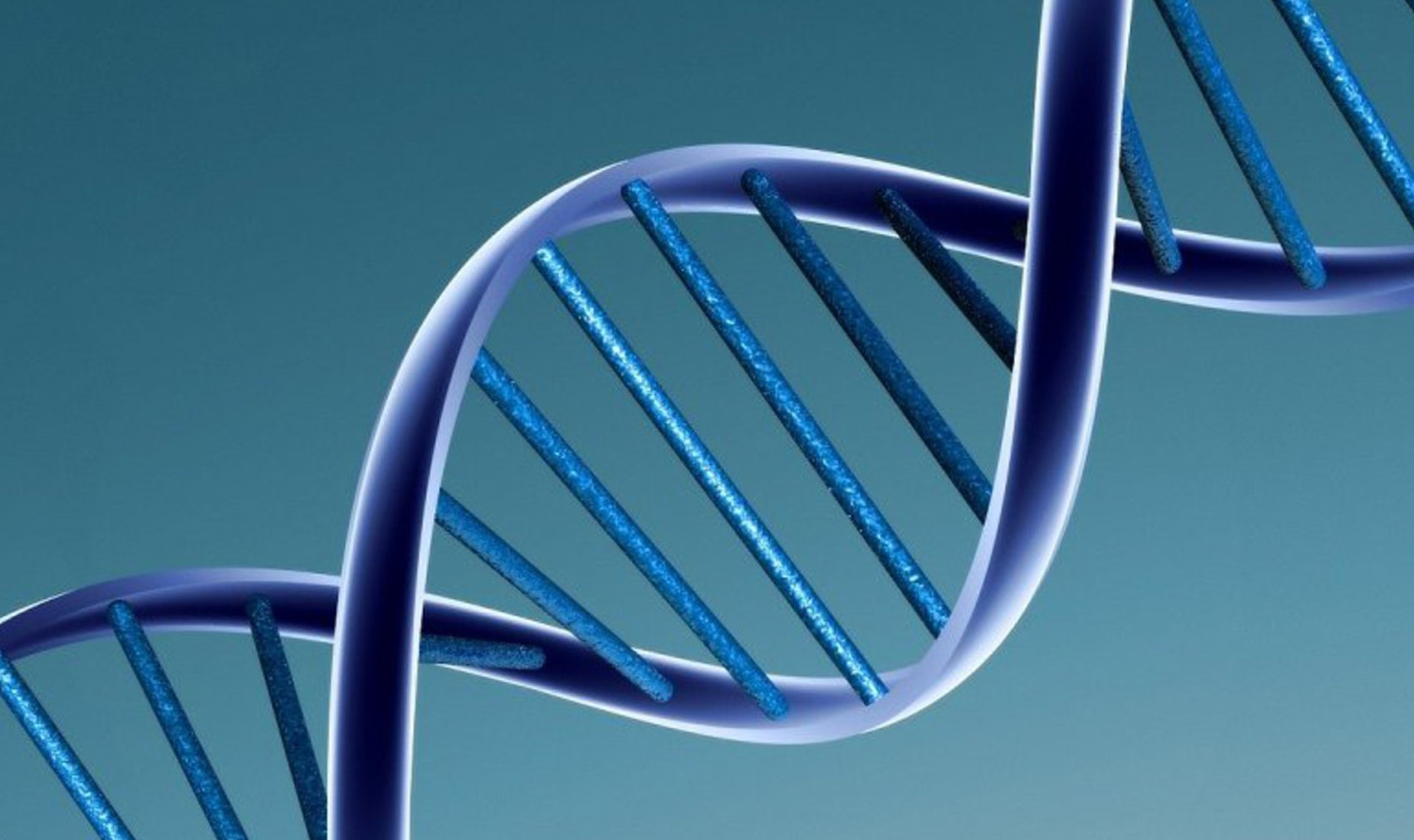Oyez, oyez! Your second week of Supreme Court schooling is about to begin. For those of you who missed my explanation in last week’s column, I have decided to spend the month of September publicizing and explaining certain decisions handed down by the Supreme Court in June 2013. The first of these was Maryland v. King, a question of Fourth Amendment warrant rights, and today I’d like to present Association for Molecular Pathology v. Myriad Genetics, decided on June 13.
Association for Molecular Pathology v. Myriad Genetics (say that three times fast!), was argued back in April, and I covered the case’s background and oral arguments in a column at that time. Unlike Maryland v. King, Myriad is not a question of Bill of Rights scholarship; instead, it is a clarification of United States patent law. Allow me to explain the case’s background: in 1990, a company named Myriad Genetics, which categorizes itself as a “molecular diagnostic company,” found the specific genes in human DNA that identify whether a woman might be more susceptible to breast cancer. Myriad patented these bits of DNA and justified the patent by claiming that the company isolated the genes and therefore should be allowed to patent them.
Myriad’s patent created a monopoly over medical tests for breast cancer, which angered the Association for Molecular Pathology, and the Association sued Myriad, claiming that its patent was a violation of §101 of the Patent Act. The section in question reads, “Whoever invents or discovers any new and useful process, machine, manufacture, or composition of matter, or any new and useful improvement thereof, may obtain a patent therefor [sic].” In the eyes of the Association, Myriad had not “invented” or “discovered” any “new…composition of matter.” Instead, claimed the Association, Myriad Genetics had merely located genes that were already extant in human DNA.
On June 13, the Court agreed with the Association in a unanimous decision. In Justice Clarence Thomas’ opinion, the Court stated that genetic code/DNA appearing naturally is not eligible for patent under §101 of the Patent Act; however, Thomas and his eight peers did affirm that “the creation of a new product in a lab exempts that product from being a product of nature” (from Oyez). As such, any synthetically created genes, known formally as “synthetic complimentary DNA” or “cDNA,” are in fact “patent eligible because [they are] not naturally occurring” (from SCOTUSblog). To clarify, if Myriad Genetics were to create cDNA that modeled the two genes it isolated back in 1990, those synthetic genes would be patentable under §101 of the Patent Act.
I agree with this decision, and think that the distinction between patentable cDNA and non-patentable organic DNA is an important one. By blocking Myriad’s attempt to patent real, human genes, the Court restrained itself from creating a dangerous precedent. Imagine that the case been decided in favor of Myriad—with that Supreme Court ruling, any genetic research company would have been able to patent DNA found in the human body, and monopolies such as Myriad’s hold on breast cancer testing might have become commonplace.
Instead, the Court’s decision and Thomas’ opinion open the genetic research field up to wider possibilities. Now that Myriad cannot patent these two breast cancer genes, it might become easier for outside groups to do research on this DNA and to find testing procedures or other useful data that could help speed up the “search for the cure.” It seems (in my uninformed, Classics major opinion) that openness in the scientific community can lead to greater innovation; hopefully the Court’s ban on patenting naturally occurring DNA will lead to more collaboration in the field of genetic research. Also, for-profit companies such as Myriad still have incentive to conduct this type of research because they are able to patent synthetic versions of the natural DNA that they have isolated and explored. I am excited to see the progression of both breast cancer research and the continued demystification of DNA in the months and years to come.

RT @BrownBPR: It’s September, Get Informed: Patenting Human DNA or Not? SCOTUS rules on DNA parents. http://t.co/ROw7ONo7kM
It’s September, Get Informed: Patenting Human DNA or Not? http://t.co/QYGZiBfhyz @lbarsk